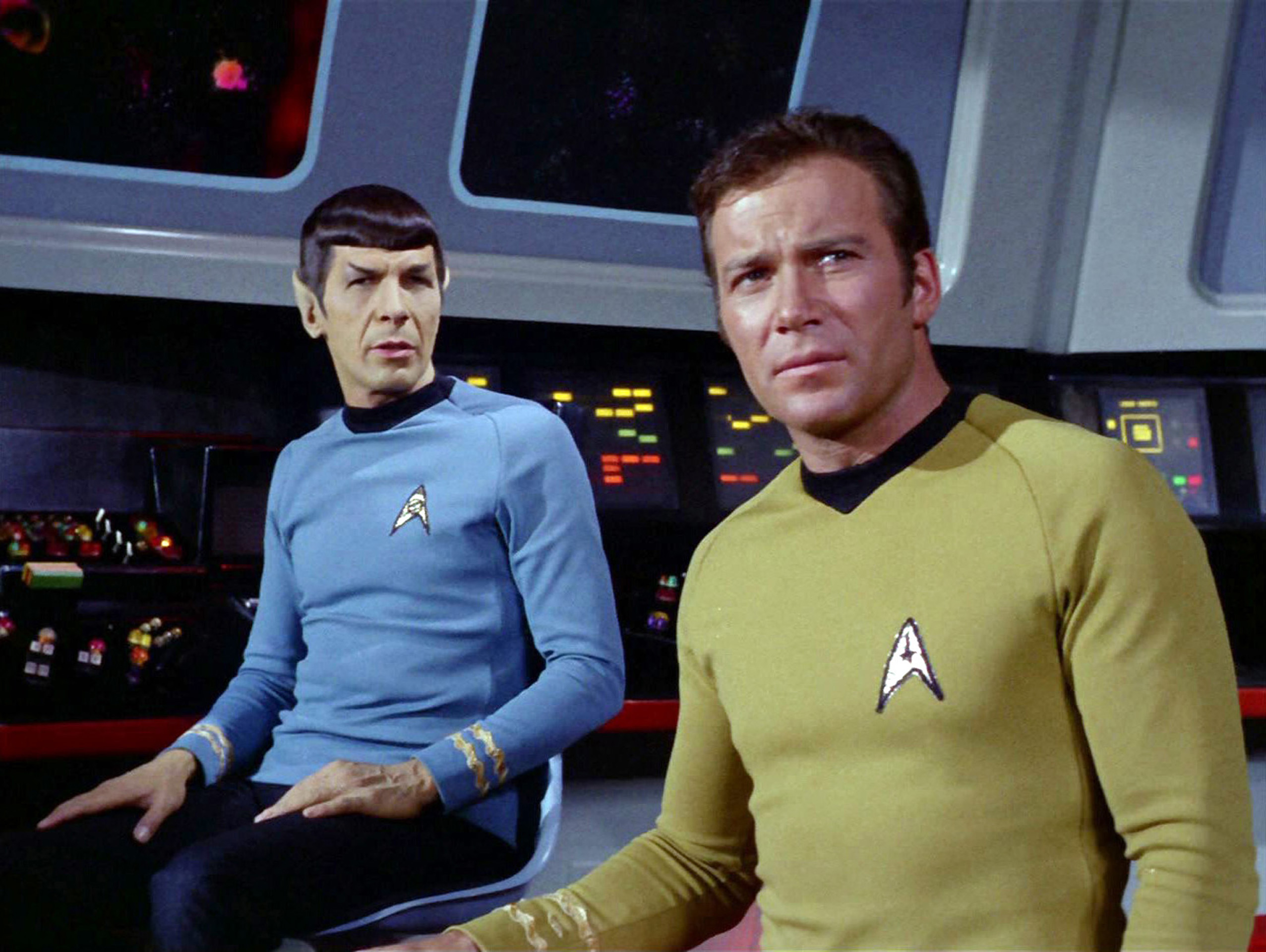‘Star Trek’: The Attempt to Get a Gay Character on the Show in the 1960s
Star Trek: The Original Series was ahead of its time — but it could have been even more ahead of its time. The show depicted a multicultural crew aboard the Starship Enterprise, including characters of different races and nationalities. It would have included an LGBTQ character as well if George Takei had his way. However, a (sadly) controversial Star Trek episode prevented this from happening.

Why ‘Star Trek’ creator Gene Roddenberry felt he had to turn down George Takei’s request
Takei is one of the actors most associated with Star Trek: The Original Series. After the show ended, he had voiced many cartoon characters, including a ghost in Disney’s Mulan. He’s also an outspoken LGBTQ rights activist. Takei told The Hollywood Reporter he once tried to get Star Trek creator Gene Roddenberry to include an LGBTQ character in the show. However, he did not come out to Rodenberry.
“I did very privately bring up the issue of gays and lesbians,” Takei told Time. “And he was certainly, as a sophisticated man, mindful of that, but he said — in one episode we had a biracial kiss, Captain Kirk and Uhura had a kiss.” Takei is referring to “Plato’s Stepchildren,” one of the most famous episodes of the show’s third season.

“That show was literally blacked out in the South [and] our ratings plummeted,” Takei explained. “It was the lowest-rated episode that we had.” Roddenberry noted how the show indirectly dealt with issues like the civil rights movement, the Vietnam War, and the Cold War. He felt he wouldn’t be able to comment on those issues if he included an LGBTQ character because such a decision could get the show canceled.
How the franchise evolved when it comes to LGBTQ representation
Regardless, later Star Trek series would include LGBTQ characters, In addition, Takei’s character, Hikaru Sulu, was depicted as gay in the recent film Star Trek Beyond. Takei had mixed feelings about this.
On one level, he was glad to see a gay character in the franchise that made him famous. On the other hand, he felt making Sulu gay didn’t reflect Roddenberry’s intent for the character. Takei would have preferred the writers of Star Trek Beyond write a new gay character for the movie rather than make it seem like Sulu was in the closet.
Some fans disagreed with Takei’s interpretation of Sulu in Star Trek Beyond. These fans felt the film wasn’t implying Sulu was closeted so much as it was implying his sexuality hadn’t been discussed before. In addition, the Sulu depicted in the film is from an different universe than the original Sulu, so there’s room for him to be different than his 1960s predecessor. Regardless, the Star Trek franchise has always pushed the envelope when it comes to inclusive representation.


